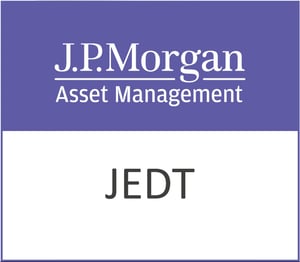BP PLC (BP.L), a stalwart in the energy sector, has been a pivotal player in the oil and gas integrated industry for over a century. With its headquarters in London, the company remains a significant force in the United Kingdom’s energy landscape, commanding a market capitalisation of $52.14 billion. However, recent financial data suggests that investors might want to tread carefully as they navigate the complexities of BP’s current market scenario.
The current share price stands at 331.7 GBp, marking a slight dip of 9.90 GBp, or 0.03%. This price positions BP at the very bottom of its 52-week range of 331.70 to 527.30 GBp, raising questions about the factors influencing this decline. The technical indicators further echo this sentiment, with the stock’s Relative Strength Index (RSI) at 35.89, indicating it is approaching oversold territory.
One of the most striking aspects of BP’s current valuation is its Forward P/E ratio, which is astoundingly high at 544.94. This figure, coupled with the absence of a trailing P/E ratio and other key valuation metrics, suggests uncertainty regarding BP’s current earnings potential. Investors might find these figures concerning, as they point to potential volatility in future earnings expectations.
Looking at performance metrics, BP’s revenue growth has contracted by 12.90%, raising further concerns about its ability to generate consistent income. The company’s earnings per share (EPS) is a modest 0.02, and with a return on equity of just 1.50%, the profitability metrics seem underwhelming. Nevertheless, BP’s free cash flow, amounting to over $17 billion, underscores its ability to generate substantial liquidity, which could provide a cushion against market fluctuations.
BP’s dividend yield stands at an attractive 7.30%, but the payout ratio of 1,316.37% is notably high, suggesting that the company is distributing more in dividends than it is earning. This could be a red flag for dividend sustainability, potentially impacting long-term income-focused investors.
Analysts’ ratings present a mixed picture, with 5 buy ratings, 12 hold ratings, and no sell ratings. The average target price sits at 485.61 GBp, indicating a potential upside of 46.40%. This could present an enticing opportunity for growth-oriented investors willing to bet on BP’s recovery.
The company’s commitment to transitioning towards sustainable energy is evident through its operations in low carbon energy, gas trading, and renewable power. This strategic pivot could play a crucial role in BP’s long-term growth and resilience amidst the global shift towards decarbonisation.
For those considering an investment in BP, the technical indicators offer additional food for thought. The 50-day moving average is at 425.77 GBp, and the 200-day moving average at 416.96 GBp, both significantly above the current price. The MACD of -24.61 and a signal line of -13.55 further underscore the bearish sentiment.
BP PLC is at a crossroads, balancing its historical legacy in oil and gas with a forward-looking vision towards sustainable energy solutions. With significant potential upside and an attractive dividend yield, BP remains a compelling, yet complex choice for investors. However, with the current market conditions and financial metrics, prudent analysis and cautious optimism should guide investment decisions in this energy giant.






































